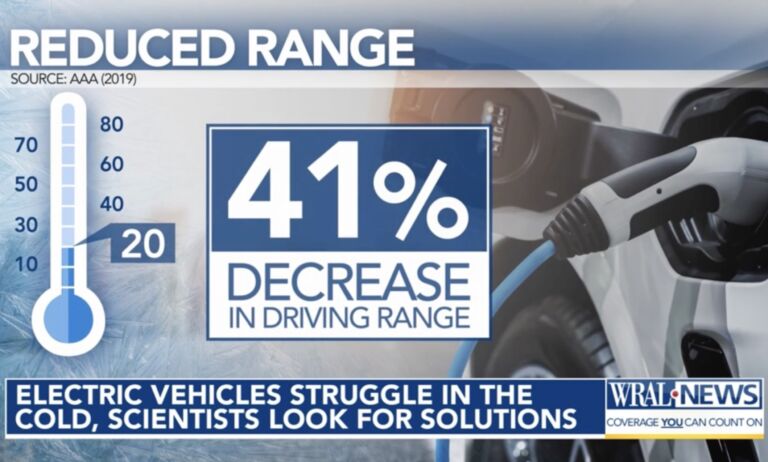John Hood argues that light-rail transit doesn’t fit the preferences and lifestyles of North Carolinians:
If you live somewhere other than the western side of North Carolina’s Research Triangle region, you may not have thought that a long-planned light-rail line between Durham and Chapel Hill had much to do with you. So, when the $3 billion-plus project met its demise a few weeks ago, you may not have taken much notice.
The truth is that even if you live in Durham and Orange counties, the proposed 18-mile transit line would primarily have affected your wallet, not your daily commute or lifestyle. That the project was incompatible with the basic facts on the ground was its fatal flaw — a flaw that was only revealed, not caused, by skepticism from federal officials, state lawmakers, and such affected parties as Duke University and the North Carolina Railroad.
North Carolina is a populous, fast-growing, and urbanizing state. But that doesn’t mean our settlement patterns are friendly to large-scale rail transit, or likely ever to become so. Our “urban” counties are really suburban places for the most part. Most people still opt for homes in low-density developments. Most don’t work, live, or shop in downtowns.
There are, of course, counterexamples. Markets accommodate a variety of consumer preferences. There are smart business people serving those needs and making good money doing so. Good for them — and governments ought not to stand in their way by imposing onerous land-use restrictions.
But there is no evidence of mass abandonment of lifestyles built on decentralization, dispersal, and automobility. North Carolina policymakers shouldn’t pretend otherwise, or try to engineer a different outcome by expending billions of dollars and issuing thousands of regulations to cram North Carolinians into boxes, literal and figurative, that don’t reflect their revealed preferences.
Read more here.


